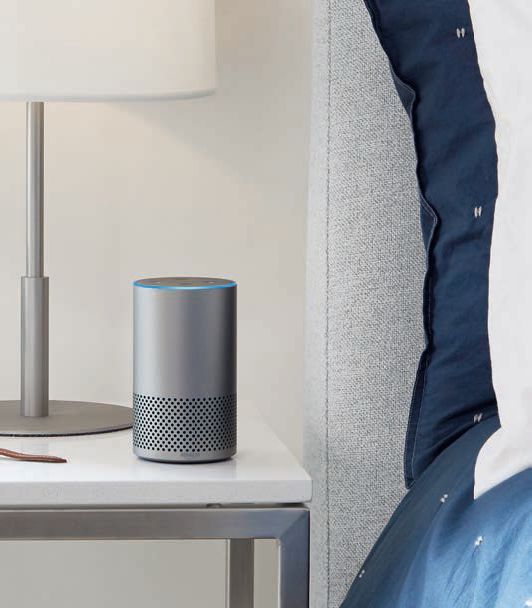AN INTRODUCTION TO smart home technology
Everyone can expect some level of automation and remote control in their homes these days – but self builders have an opportunity to create integrated systems that help to make life easier. Emily Brooks investigates the options

Voiceactivated controls, like Amazon Echo, can be a part of both wired and wireless systems
Smart home products are rapidly becoming mainstream. Wireless technology has given us easily retrofitted DIY solutions, such as Philips Hue for lighting, Hive for heating and security, plus Google Home and Apple HomeKit that work to unite many separate functions. They’re quick to set up, inexpensive, and you can add more kit as you need it.